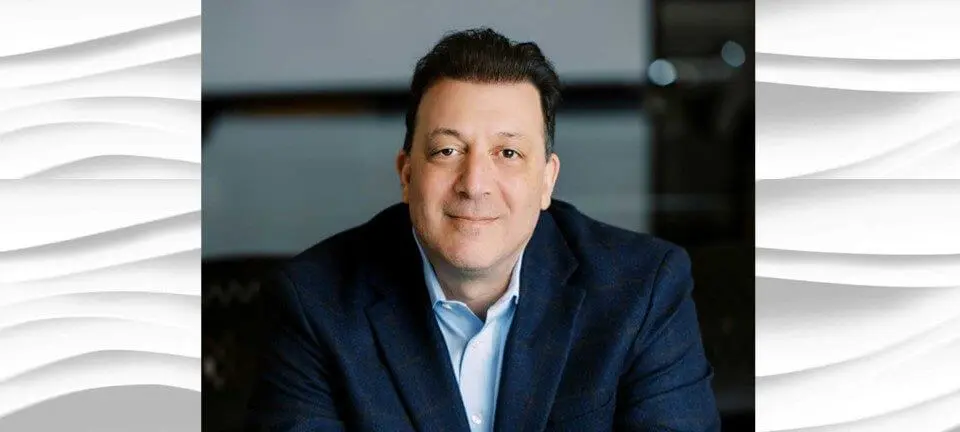Episode 86 – How a 43-year-old Marketing Agency Handled a Generational Transfer – Member Case with Rob Rankin
Decision making evolves as your firm scales and the founder must be replicated in the successor. On this episode, Rob Rankin, CEO at Clarity Coverdale Fury (CCF), shares his perspective on developing the next generation of the firm, with a focus on succession planning and how decisions are made.










